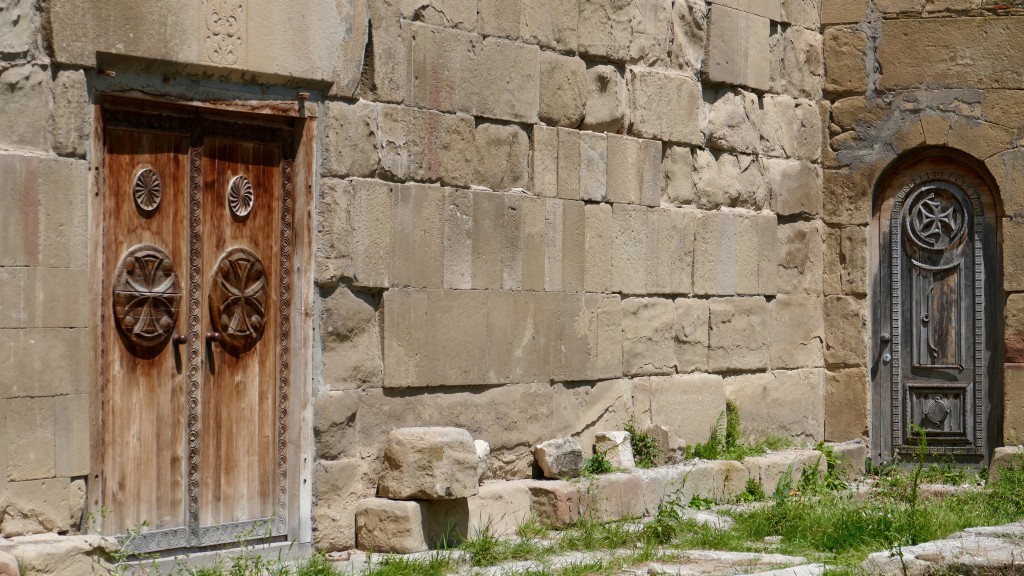
Llegué tarde a la ciudad de Gori por que primero, deje mas tarde de lo previsto el hermoso hostal en las afueras de Khashuri, habiendo desayunado extendido con Sonja y Herbert, los austriacos con los que me he encontrado tres días atrás en el Paso de Goderdzi. Si, los mismos, nos hemos reencontrado de pura casualidad nuevamente. Pequeño es el mundo. Otro excelente motivo para justificar mi atraso de este día fue un almuerzo conjunto, al cual fuera invitado en la ruta, por Flavia y Alberto, una pareja de Italianos de Milano que viajaban en su Motorhome y que también me pasaron hace algunos días en la ruta, en aquel tramo difícil de subida al paso Goderzi. Hemos tenido un almuerzo muy ameno con mucho intercambio de información, historias y anécdotas de viaje por todos los continentes.
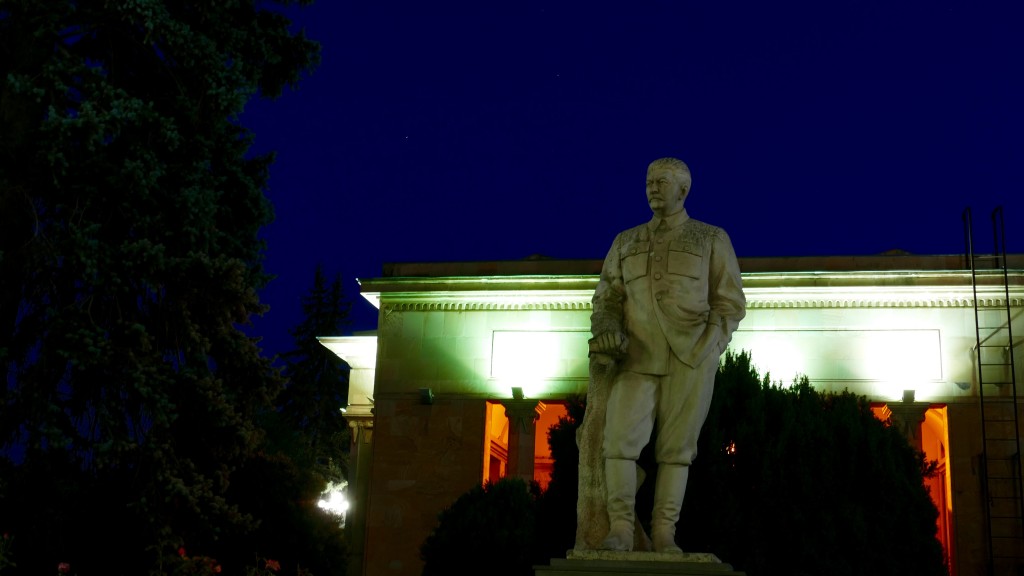
Lo que aconteció en mi noche de Gori fue bizarro y lo he publicado en la pagina de B4H de Facebook el cual lo transcribo aquí en idioma original:
tonight, I was having dinner, alone as usual, at a restaurant in the city of Gori. The city of the birth of Joseph Stalin. Unbelievable, Gori would be the only place in the world, where there is a Stalin Avenue, a Stalin Mausoleum, etc. It’s like to find Adolf Hitler’s square somewhere else. Probably a shame for millions of deported, tortured, an killed people in history. Honouring the devil, and a political system behind, who is/was worst than a cancer in humankind is in my humble opinion a shame, but anyway, this is not the matter of my story of tonight. As i was telling you, I had dinner, get my main course and after it, some Georgian younger men invite me to sit on their table. I’d agreed. After a small talk and the typically introductions the gave me a kind of homemade brandy to drink. After that they ask me to drink another and another one, with insistence. I become aware that they tried to blast me. In this case I’m proud to be Argentinian, not because we are good drinkers, but because we are smart. Damned smart. I could not refuse to touch glasses but I never swallow and tried to find some talks to interrupt the Cheers. When I suggest to drink an touch glasses in honour of the comrade Stalin, some of them took their glasses and elevate them, others began to talk loudly about matters I could not understand. Just caught few words like Stalin, Russia, Germania and Hitler. The tenor of the speech began to turn coarse and after few seconds, everybody got up and others come to pacify the situation. I took the las watermelon piece from the table, made me invisible and left the restaurant, relaxed and amused. Being happy to have more experience than when I was a spark. I would never say that getting older would be nice, but sometimes helps.
El amanecer del día 142 me despertó por sus altas temperaturas. Emprendí la pedaleada hacia la antigua ciudad de Uplistsikhe. Los 30 Kmh de viento caluroso, seco y de frente corroboraban cuanto el pronostico había predicho. Esto me hizo desistir en llegar pedaleando a Tbilisi, así que luego de visitar Uplistsikhe pegué la vuelta Gori, esta vez con altísimas temperaturas pero viento a favor, para tomar allí el tren, luego de 6 horas de espera, hacia la capital Georgiana, donde llegué a las 10 PM.
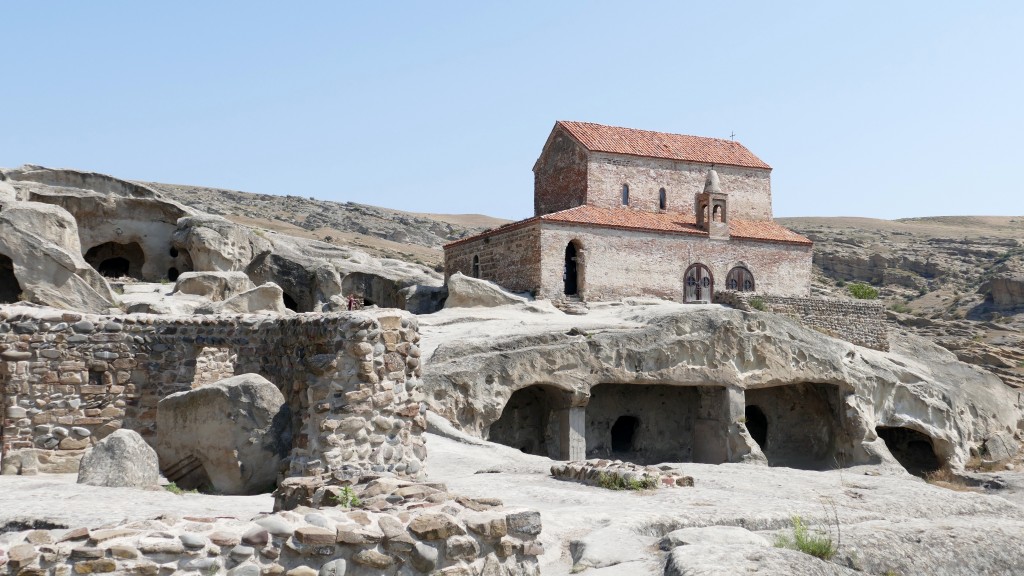
Uplistikhe is a rock-hewn city, located just 10 km east of Gori, on the left bank of the river Mtkvari. One of the oldest settlements in the Caucasus region, Uplistikhe is first mentioned within the pages of history in the VII century. Uplistiskhe and its surrounding archeological and architectural monuments belong to a distinct group, the oldest of which dates back to the early Bronze Age, and are considered to be relics of the Kura-Araxes culture.
Uplistsikhe, la ciudad de cuevas, está situada a siete kilómetros al sureste de Gori en la orilla izquierda del río Mtkvari. Fácilmente es una de las ciudades más antiguas existentes en Georgia, aunque ahora está deshabitada salvo algunos turistas. Se trataba de una bulliciosa ciudad tallada en roca hace más de 3000 años y, antes de la introducción del cristianismo en el siglo 4, un importante centro regional de culto pagano del Cáucaso.
Durante la Alta Edad Media, cuando la ciudad estaba en su apogeo de desarrollo, había una población de unos 20.000 que vivían en 700 cuevas (de las cuales sólo 150 se mantienen). En el siglo 13, las invasiones de los mongoles arrasaron la ciudad y una serie de terremotos ha contribuido a su abandono.
Los visitantes todavía pueden caminar entre las calles antiguas, los restos del teatro más antiguo de Georgia, templos paganos, salas reales y una farmacia, mientras que los restos de los graneros y grandes vasos de vino en arcilla dan alguna pista sobre la vida cotidiana de los habitantes.
Caminando en el sitio ahora, se necesita un gran esfuerzo para imaginar que la ciudad estaba en realidad cubierta en su mayor parte – casas, templos, palacios estaban excavados en las rocas. Según la leyenda, a los esclavos que construyeron la ciudad se les dio un hacha de oro, con una punta de hierro. Cuanto más duro trabajaban, esculpiendo los edificios de las rocas de piedra, más temprano se quedaban con un pedazo de oro puro.
Los hallazgos arqueológicos, como cosas rituales y joyas, de oro, plata, hierro, hueso, piedra y esculturas de arcilla arrojan luz sobre la historia de la ciudad. Los arqueólogos afirman que el pueblo de Uplistsikhe tenía estrechos vínculos con los centros de Urartu, Irán, Armenia, Asia Menor y los condados greco-romanos. Las artesanías hechas allí son de gran calidad artística, hoy conservadas en el museo de arte del estado de Georgia.
Uplistsikhe se encuentra en una posición estratégica, los acantilados y el río por debajo ofrecen una buenas defensas naturales. Sin embargo, la ciudad fue conquistada y destruida, y la gente creó un nuevo pueblo que se puede ver abajo, a orillas del río. El pueblo actual de Uplistsikhe se encuentra al otro lado del río.
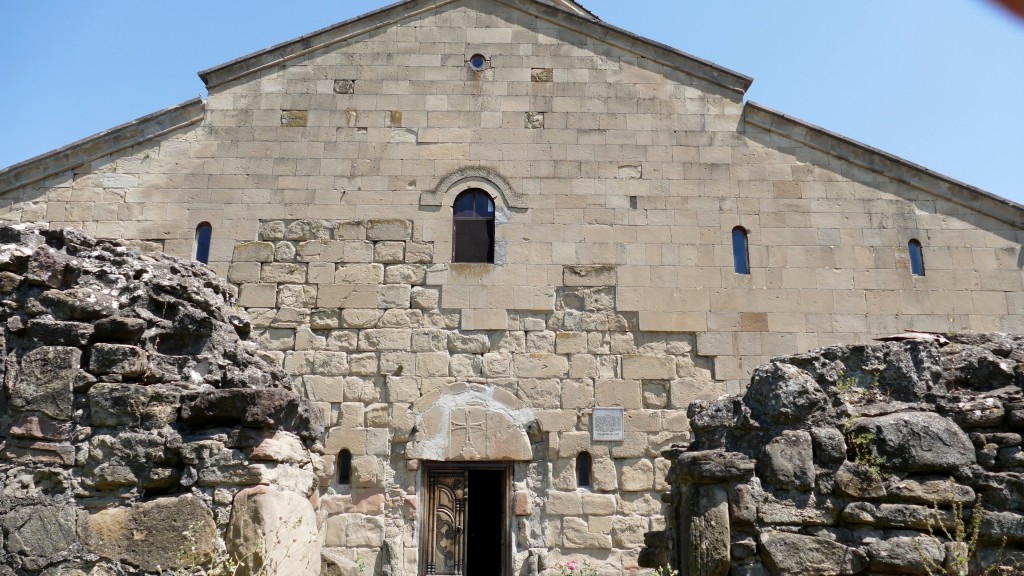
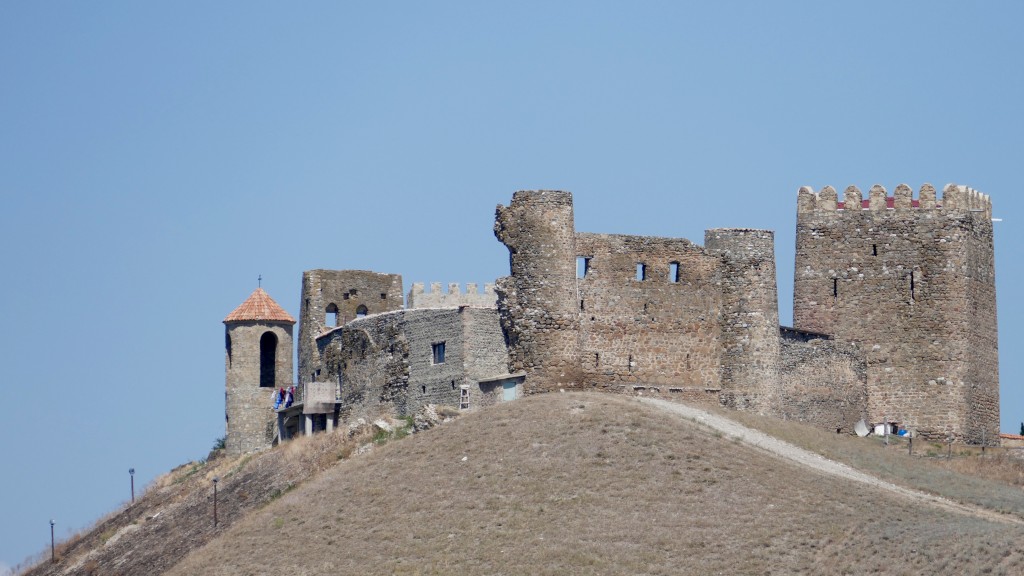
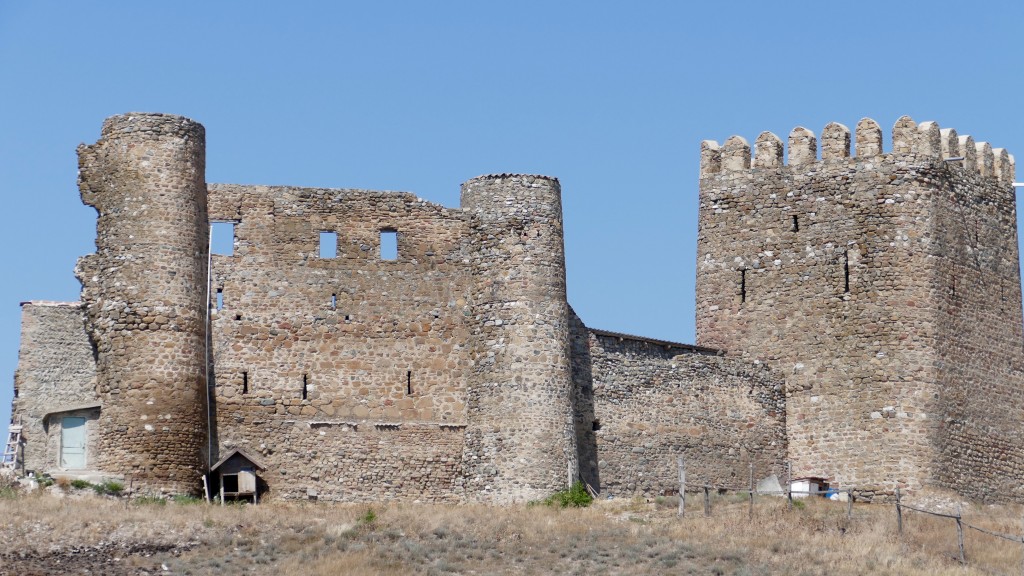
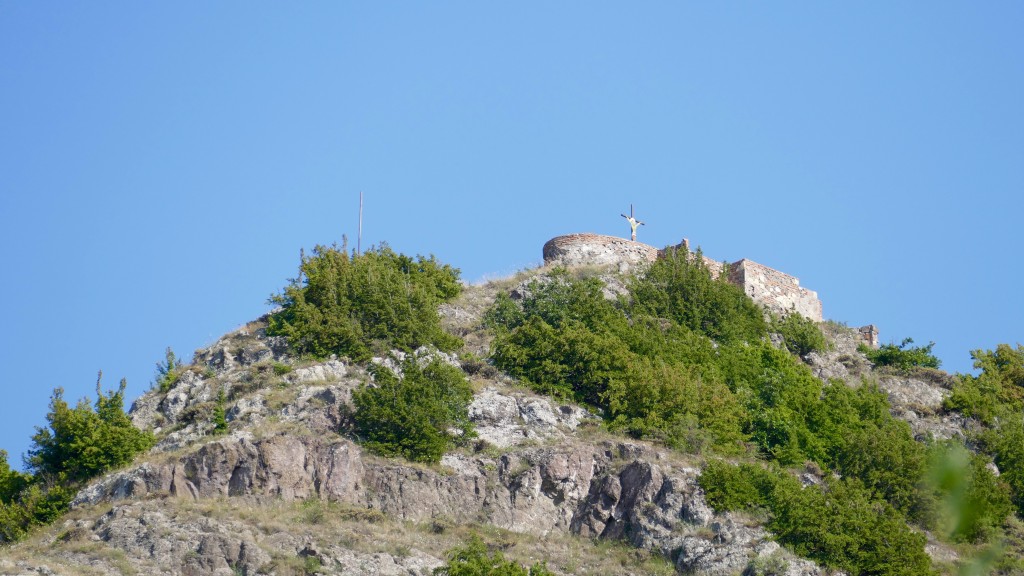
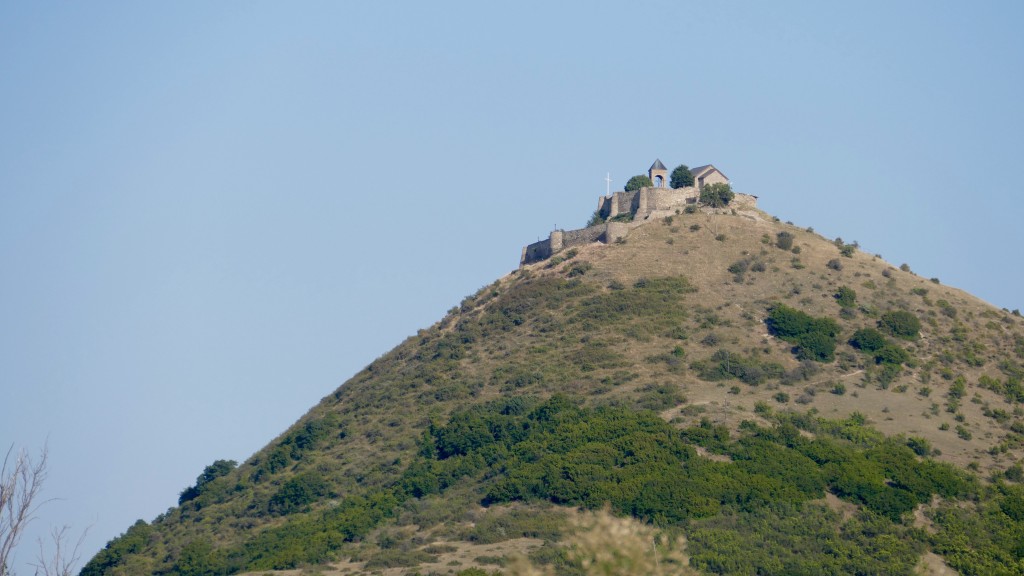
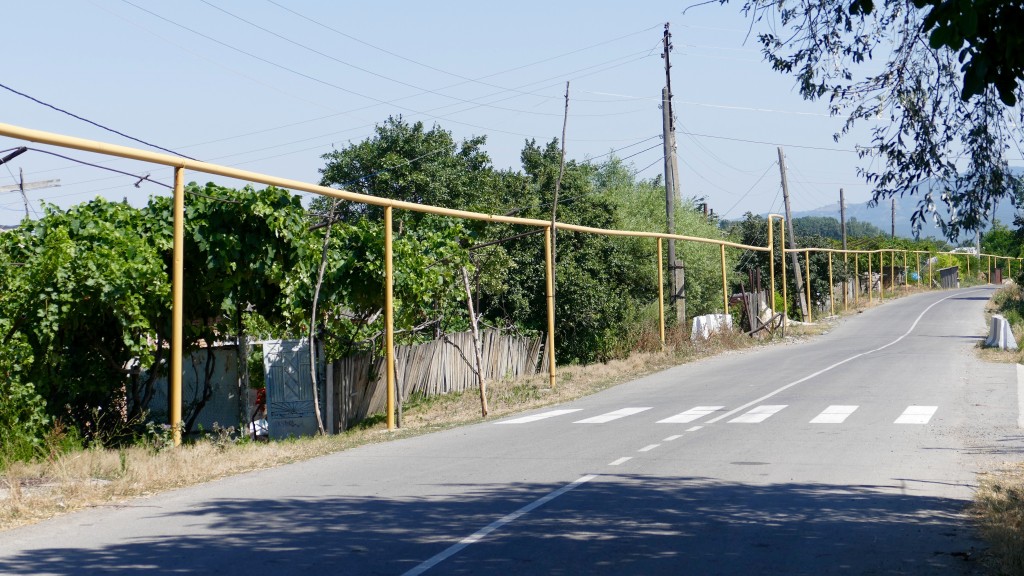
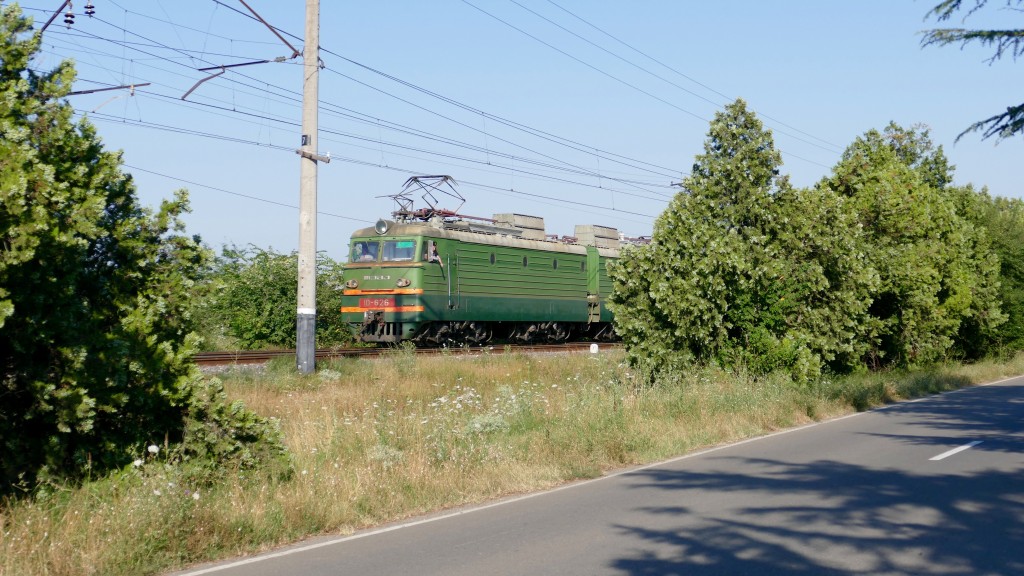
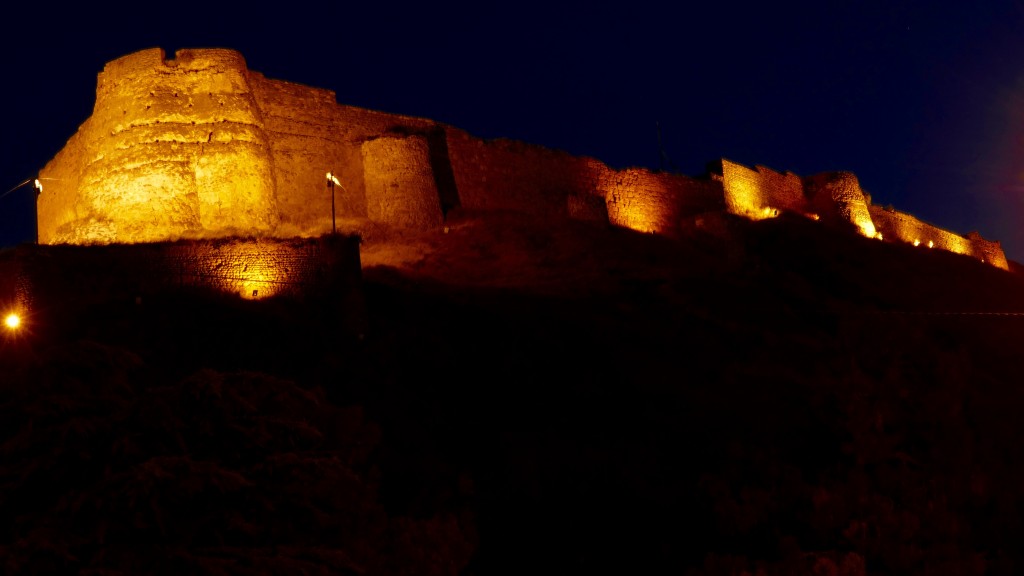
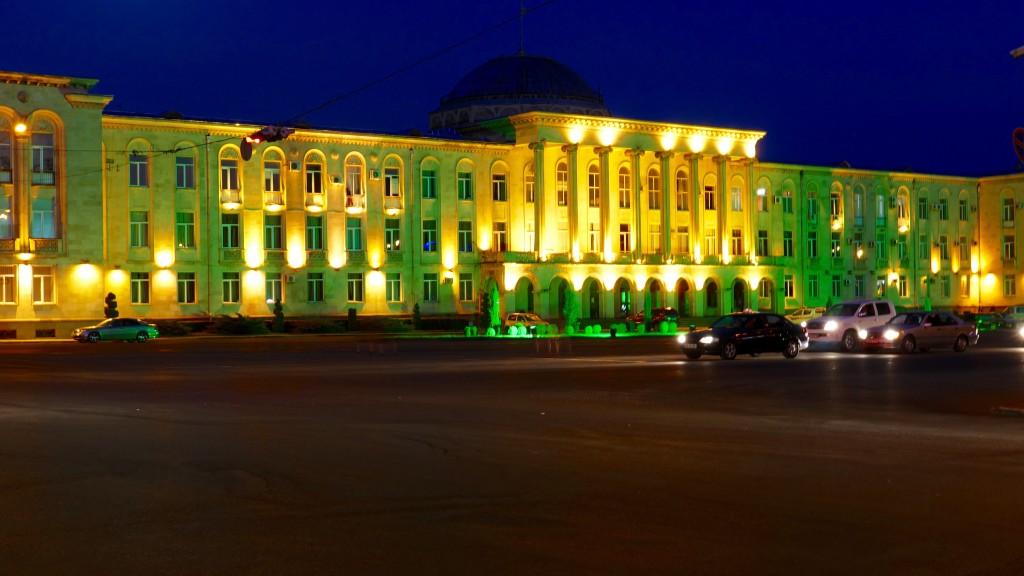
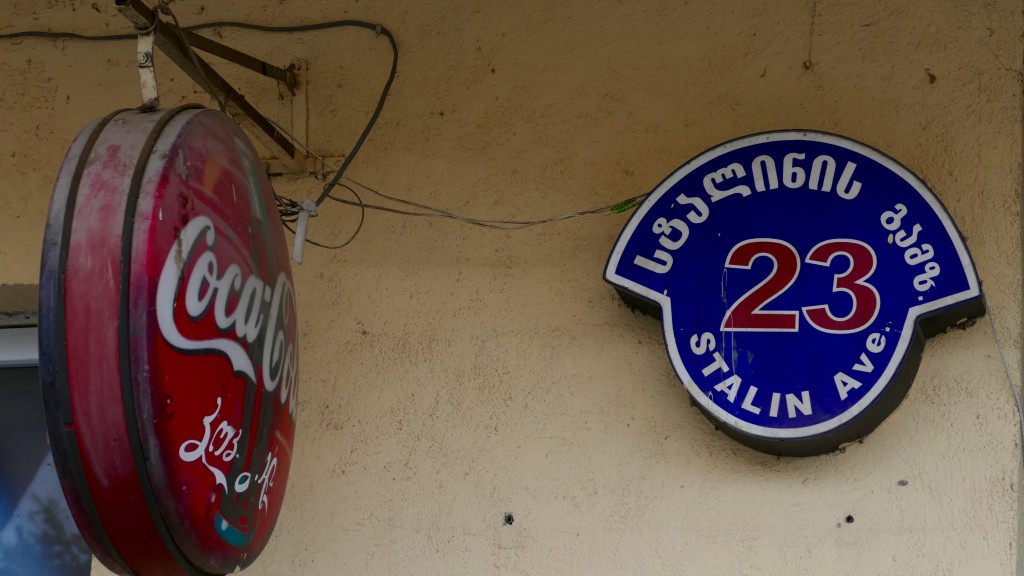
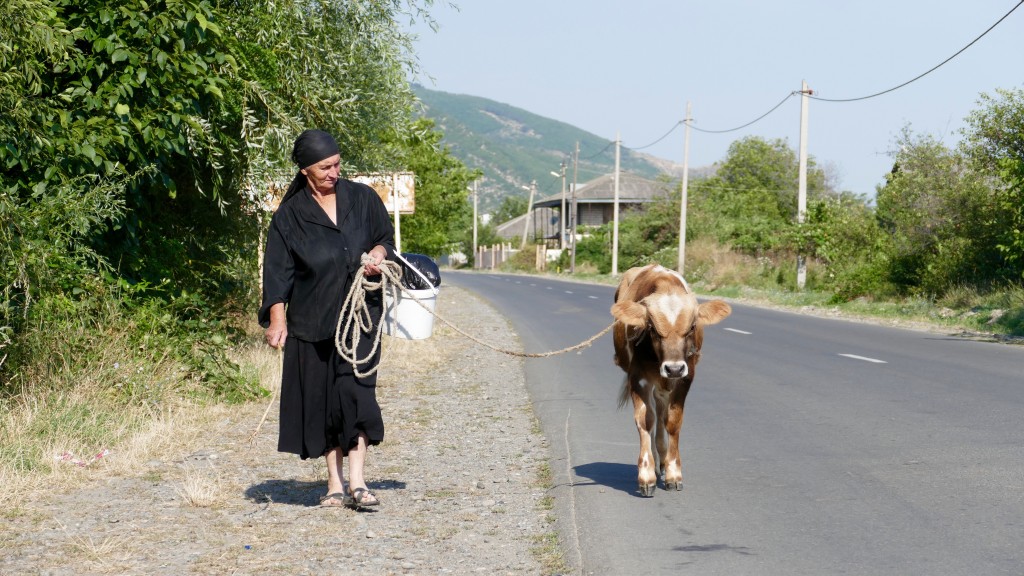
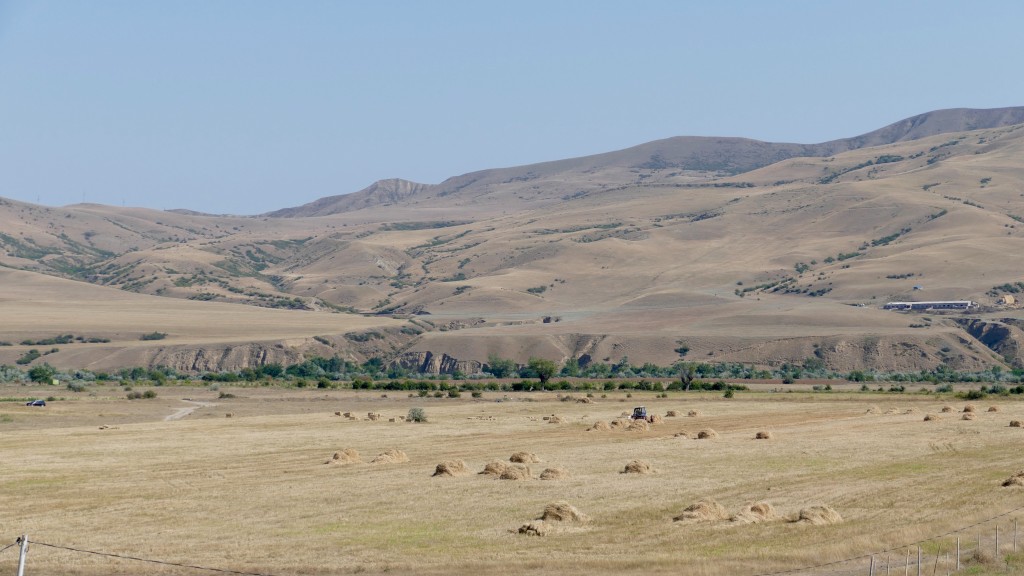
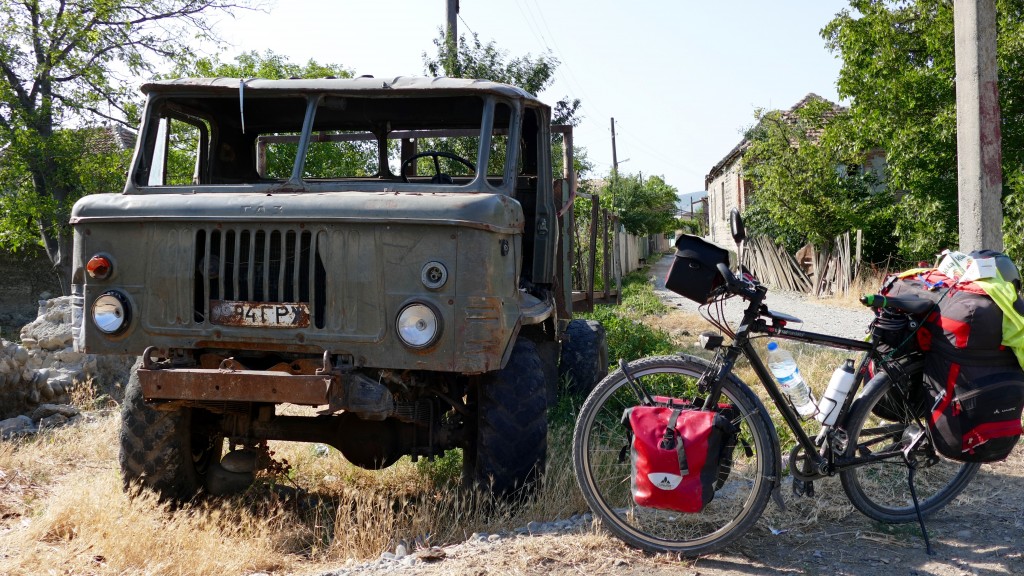
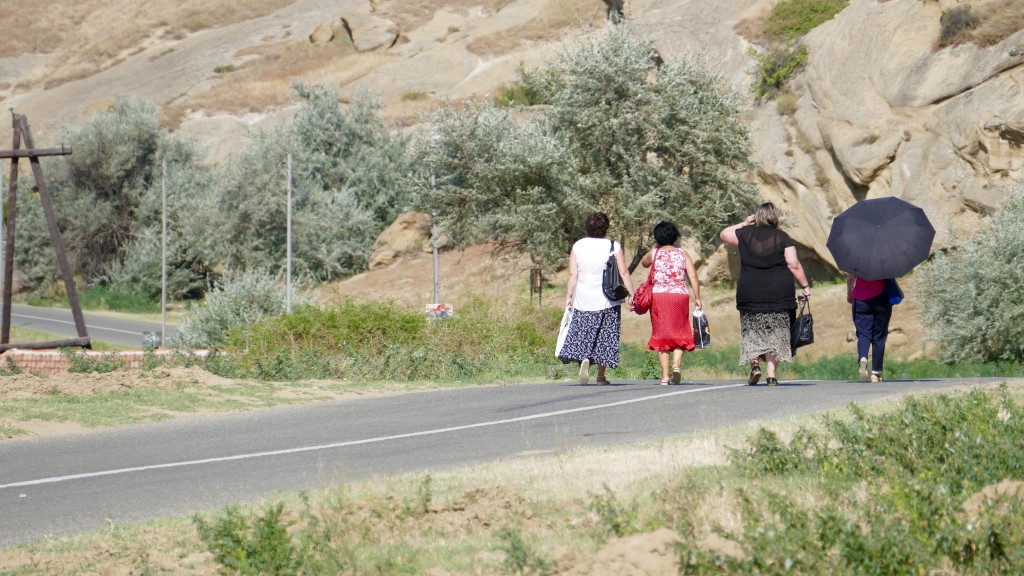
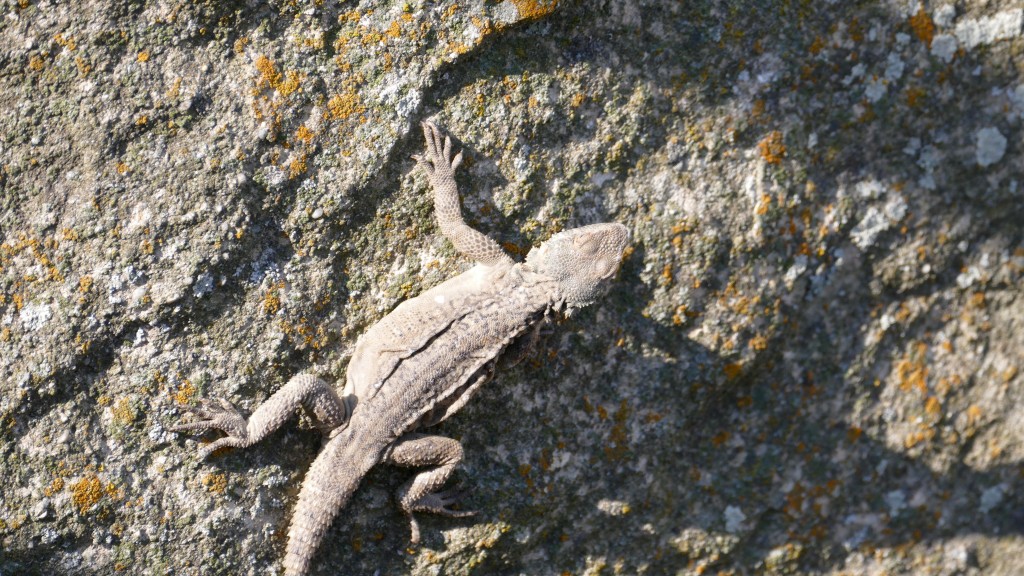

Uplistikhe is a rock-hewn city, located just 10 km east of Gori, on the left bank of the river Mtkvari. One of the oldest settlements in the Caucasus region, Uplistikhe is first mentioned within the pages of history in the VII century. Uplistiskhe and its surrounding archeological and architectural monuments belong to a distinct group, the oldest of which dates back to the early Bronze Age, and are considered to be relics of the Kura-Araxes culture.
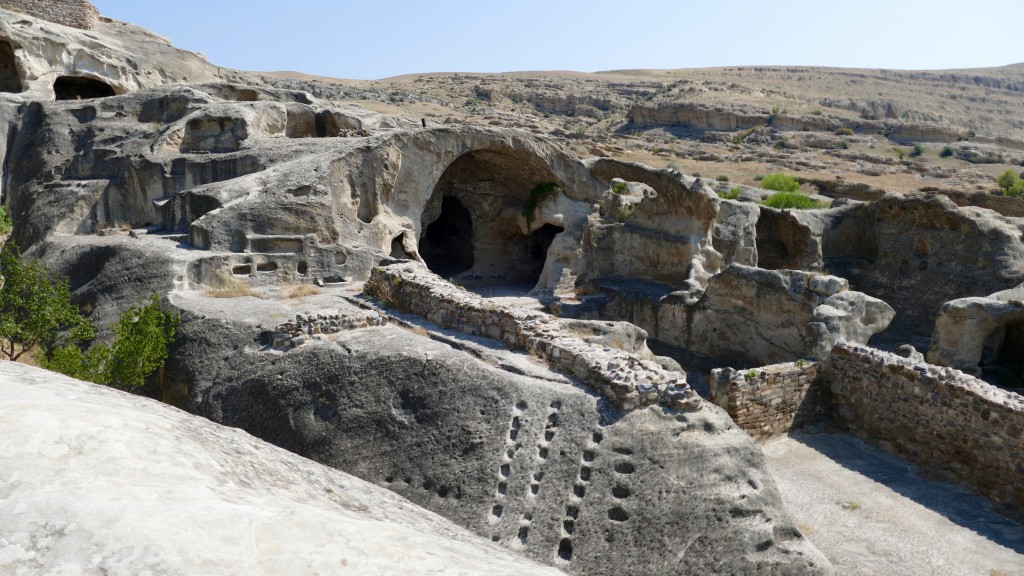
Uplistikhe is a rock-hewn city, located just 10 km east of Gori, on the left bank of the river Mtkvari. One of the oldest settlements in the Caucasus region, Uplistikhe is first mentioned within the pages of history in the VII century. Uplistiskhe and its surrounding archeological and architectural monuments belong to a distinct group, the oldest of which dates back to the early Bronze Age, and are considered to be relics of the Kura-Araxes culture.
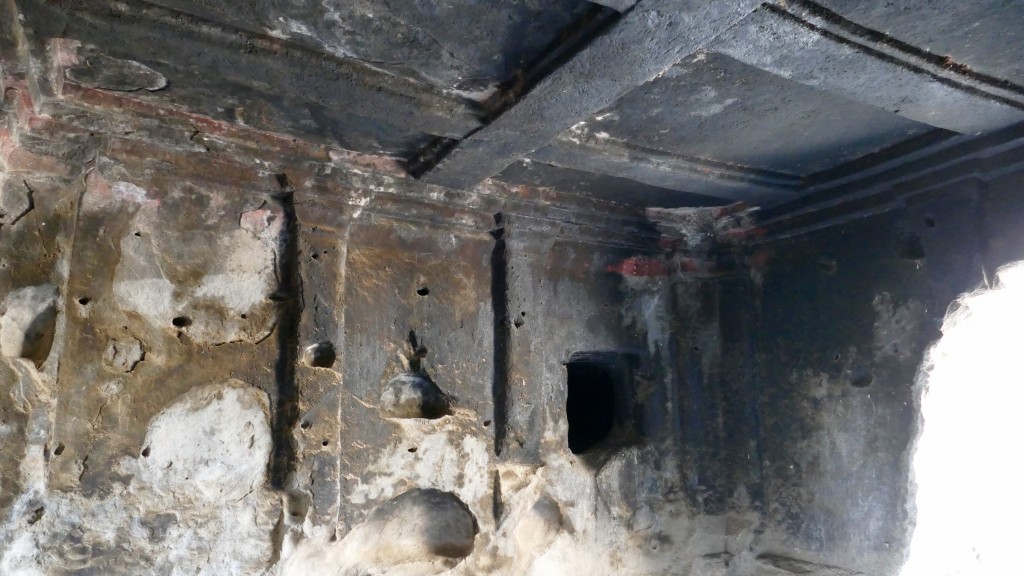
Uplistikhe is a rock-hewn city. One of the oldest settlements in the Caucasus region, You can see on this picture the original decorated (in stone) hand made ceiling of a room.
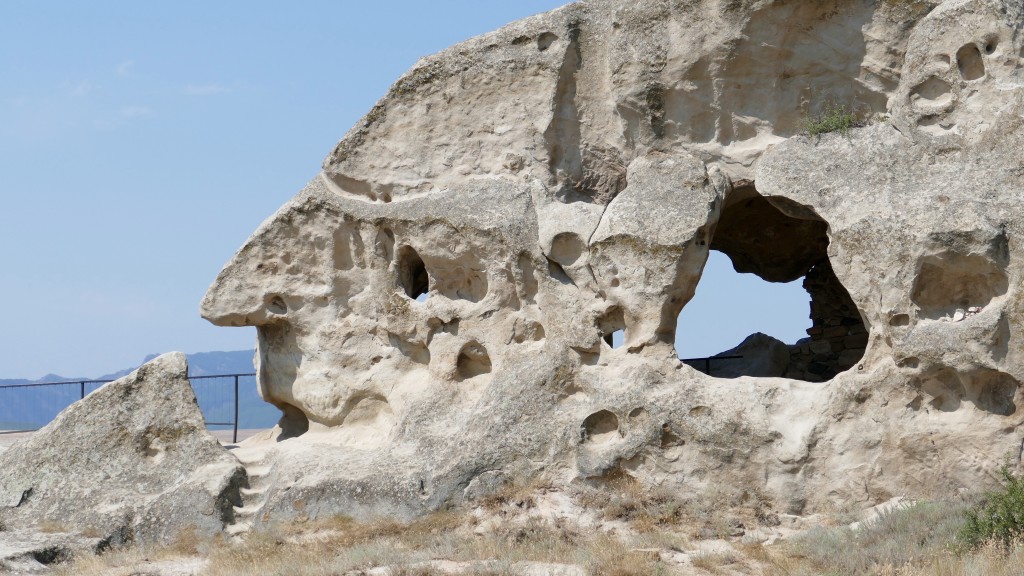
the man’s face is just a natural monument due to erosion.
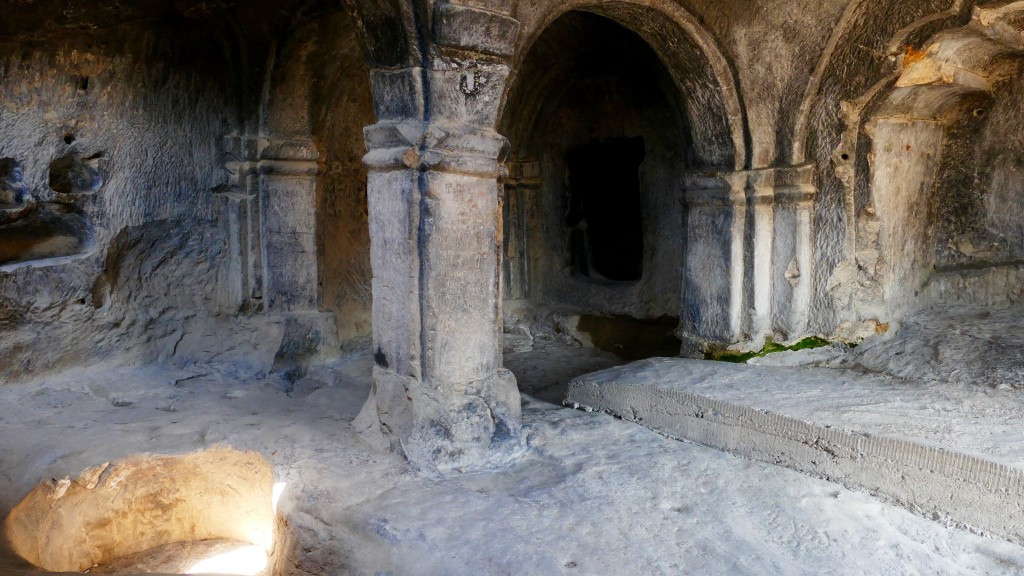
decorated columns in one of the rooms.
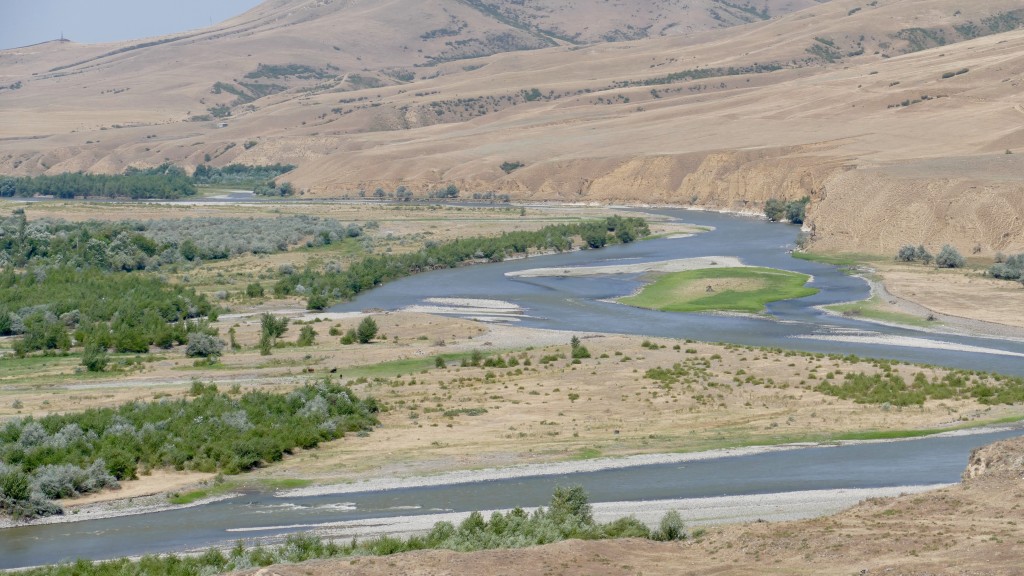
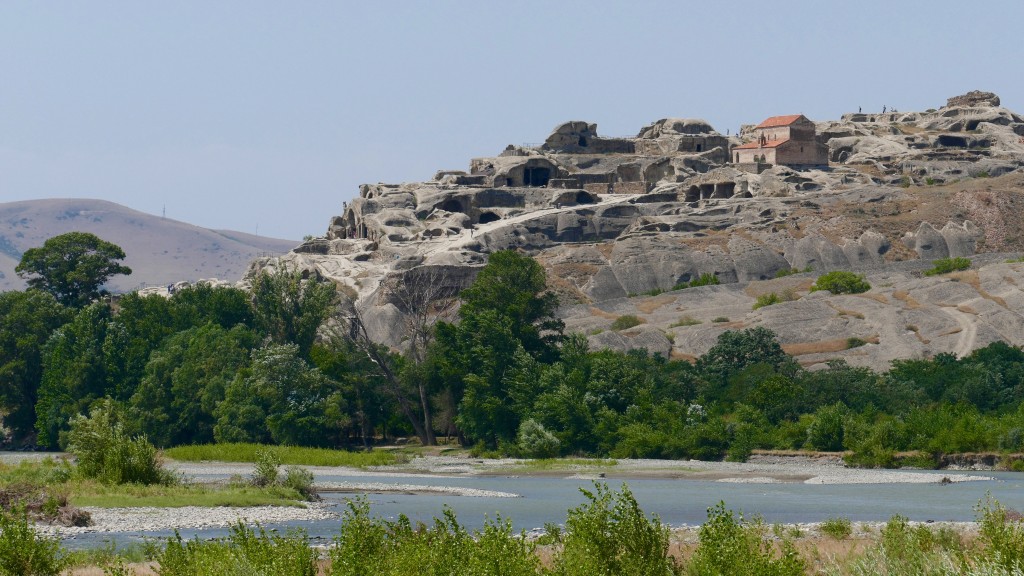
Uplistikhe is a rock-hewn city, on the left bank of the river Mtkvari. One of the oldest settlements in the Caucasus region, Uplistikhe is first mentioned within the pages of history in the VII century. Uplistiskhe and its surrounding archeological and architectural monuments belong to a distinct group, the oldest of which dates back to the early Bronze Age, and are considered to be relics of the Kura-Araxes culture.
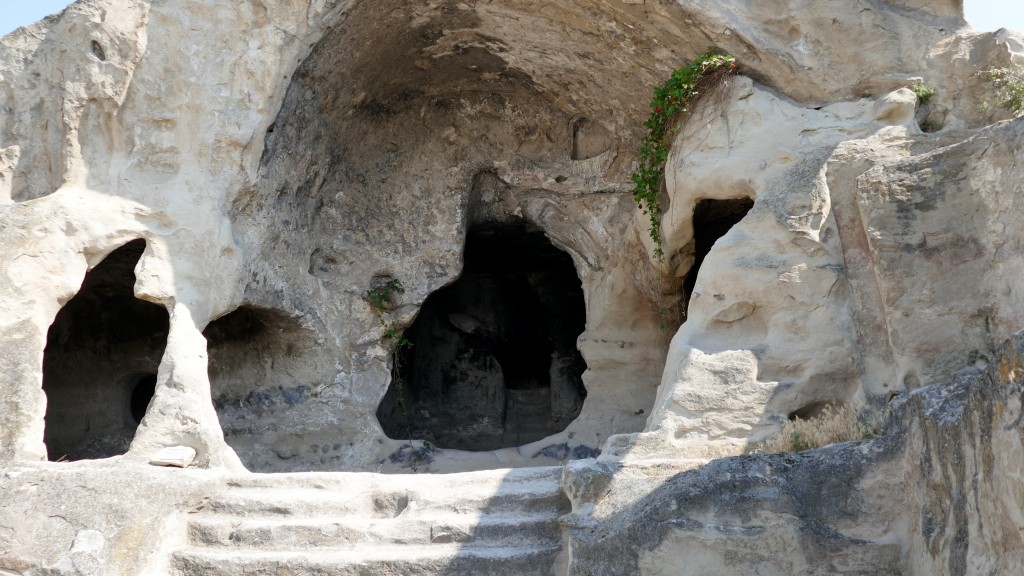
Uplistikhe is a rock-hewn city, located just 10 km east of Gori, on the left bank of the river Mtkvari. One of the oldest settlements in the Caucasus region, Uplistikhe is first mentioned within the pages of history in the VII century. Uplistiskhe and its surrounding archeological and architectural monuments belong to a distinct group, the oldest of which dates back to the early Bronze Age, and are considered to be relics of the Kura-Araxes culture.

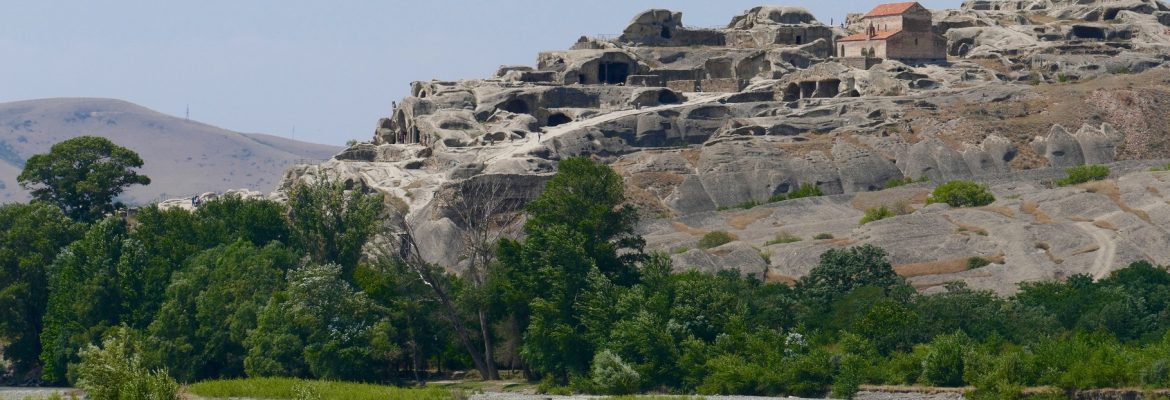



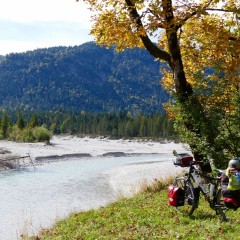
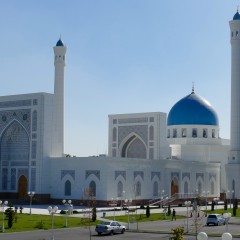

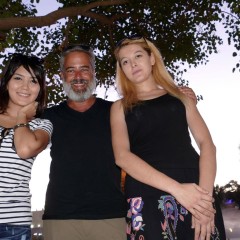

Dejar un comentario